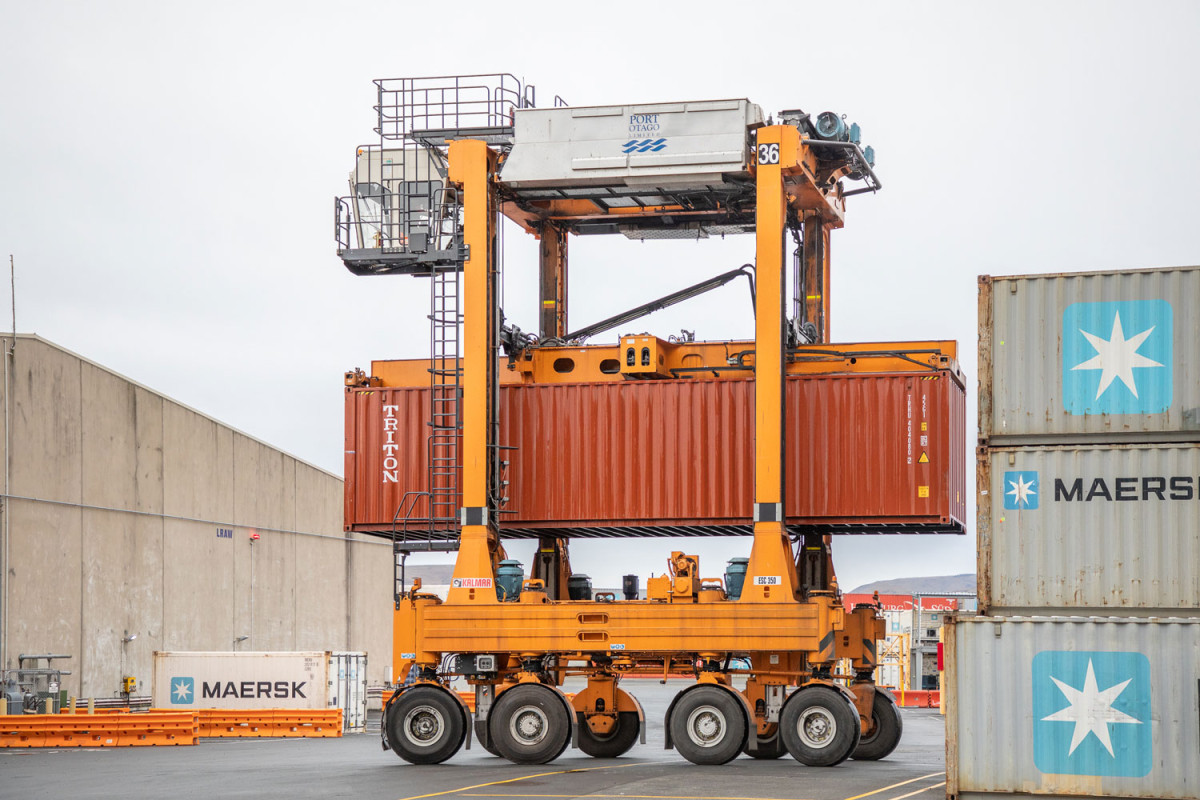Safe standing zones for road interchanges

Risk identified
One of our Cargo Handler team would carry out the Road Pointer task. This involved standing unprotected beside a container truck, while straddle carriers drove over the trucks to load and unload containers – essentially eyes on the ground for the straddle operator.
Meanwhile, the truck driver would exit the truck on the terminal and stand in a safe zone, away from the straddle carrier.
Changes made
- Painted walkways now guide pedestrian movements
- Pedestrian barriers and access to safe standing zones for truck drivers
- Safe standing zones connected to pressure pads that activate a green/red light that indicates when the straddle carrier can enter the truck’s loading/unloading lane
- Radio communication for the truck driver to communicate with the straddle operator, if a container has not been correctly landed on their trailer
- Procedure change: Straddle operators must now stop before entering the lane, check the lights are green and ensure their spreader is at the right height before entering the lane
- Improved assessment of competency for straddle operators, to ensure they can place containers with precision.
What happens now?
The Road Pointer task is no longer required.
The controls in place – the truck driver in the safe standing zone, the green/red lighting system confirming the driver’s safe position and upskilling our straddle operators – means there is no need for the Road Pointer.
Outcome
Before and after the changes, analysis shows we successfully load/unload containers 99.96% of the time, without event. When events do happen now – 0.04% of the time – the truck driver is safe. The most common event is the truck driver walking out of the safe zone early, as the straddle begins to drive away.
These controls have been replicated across all Port Otago truck loading/unloading zones.

